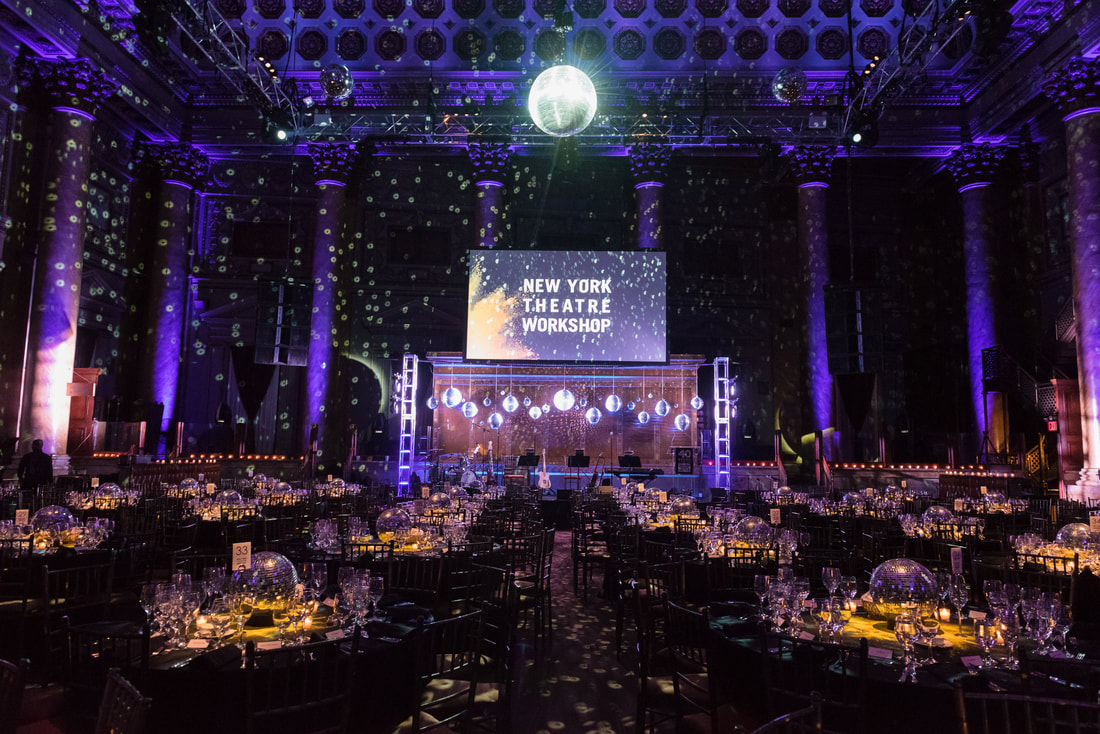Crucial Tactics for Maximizing the Durability of Your Light Emitting Diode Display
Wiki Article
LED walls are growing increasingly widely used for multiple applications, from marketing to leisure. To ensure that these screens operate efficiently over the years, it is essential to implement tactics that maximize their lifespan. Comprehending the factors that influence the durability of LED screens can assist users maintain their performance and prevent unnecessary replacements.
One of the main factors that can extend the lifespan of an Light Emitting Diode screen is proper installation. It is crucial to have a skilled crew handle the setup procedure to ensure all components are properly attached. Poor installation can lead to power issues or mechanical damage. Additionally, the placement of the LED screen should take into account surrounding factors such as sunlight exposure and moisture levels. A properly set up screen in a proper location will minimize the chance of damage caused by outside factors.

Regular upkeep is a further key strategy to prolong the lifespan of an Light Emitting Diode wall. This includes routine checks to monitor for any signs of wear or malfunction. Dirt and debris can accumulate on the surface of the LED screens, impacting brightness and color quality. Cleaning the displays with suitable cleaners will help keep ideal visibility. It is also essential to monitor the components behind the screen, making sure that all connections are secure and that there are no overheating issues, which can significantly reduce the durability of the parts.
Electrical management plays a vital role in enhancing the longevity of an Light Emitting Diode screen. Excess voltage or unstable power supply can damage the internal circuitry. To prevent this, using a high-quality electric supply and putting in place overvoltage protection strategies is recommended. Additionally, adjusting the screen to function at lower luminosity levels when high luminosity is not necessary can reduce wear on the LEDs. This not only extends the durability of the screen but also saves power, making it a economical choice.
Furthermore, software control can influence the performance of LED walls. Regularly updating the software that controls the display ensures that it operates smoothly and includes any essential safety patches. Old learn about this here now program can result in functionality issues and may put the setup to risks. Proper timing of programming can also help in managing the workload of the display, allowing it to rest during non-peak hours, which can contribute to a longer lifespan.
In summary, extending the lifespan of an Light Emitting Diode screen involves a combination of appropriate setup, regular upkeep, efficient electric management, and diligent program management. By concentrating on these essential strategies, operators can ensure that their LED screens remain functional and aesthetically appealing for many seasons. Taking preventive measures will not only enhance the functionality of the Light Emitting Diode wall but also offer a better return on investment over the years.